Top Things to Know Before Buying an Indoor Tomato Plant
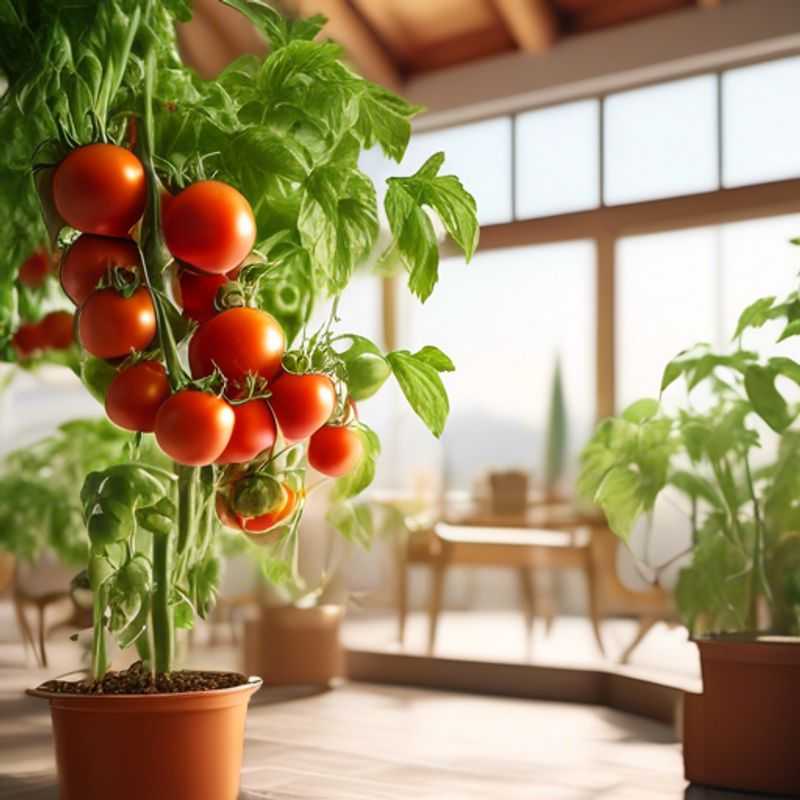
Top Things to Know Before Buying an Indoor Tomato Plant: A Guide to Growing Success
Growing your own tomatoes indoors can be a rewarding experience, bringing fresh, flavorful produce right to your kitchen. But before you rush out and purchase a plant, there are some crucial considerations to ensure success. Here's a breakdown of the essentials:
Determine the variety of tomato plant that best suits your growing conditions. Indoor growing presents different challenges compared to outdoor cultivation. Choose compact, determinate varieties like patio tomatoes or cherry tomatoes, as they are well-suited to smaller spaces and containers.
Ensure the plant has adequate sunlight exposure, at least 6 hours per day. Tomatoes are sun-lovers, so finding a location with ample natural light is paramount. If your home lacks sufficient sunlight, consider investing in a grow lamp to supplement natural light.
Provide a well-draining potting mix specifically formulated for container gardening. Tomatoes need a rich, airy soil that allows for proper drainage. Avoid using garden soil, which can become too compact and restrict root growth.
Implement a consistent watering schedule to maintain moist but not waterlogged soil. Overwatering can lead to root rot, so allow the top inch of soil to dry out between waterings. During the hot summer months, you may need to water more frequently.
Research the plants temperature requirements and adjust accordingly. Tomatoes thrive in warm temperatures, ideally between 65°F and 80°F. Ensure your indoor environment is within this range, using a heater or fan as needed. Avoid placing your plant near drafty windows or doors.
Implement a sturdy support system to prevent the plant from toppling over. Tomatoes can grow quite tall, and a strong support system, such as a tomato cage or stake, is essential to prevent the plant from becoming unstable.
Regularly prune and remove suckers to encourage healthy growth. Suckers are small shoots that grow from the junction of the stem and branches. Removing them directs the plant's energy towards fruit production. Pruning also allows for better air circulation, preventing diseases.
By following these guidelines, you can increase your chances of success in growing healthy, productive tomato plants indoors. Remember, patience and a little TLC will go a long way in nurturing your plants. And as an engineer, I can appreciate the precision and attention to detail required for successful plant growth, just like in any intricate project.
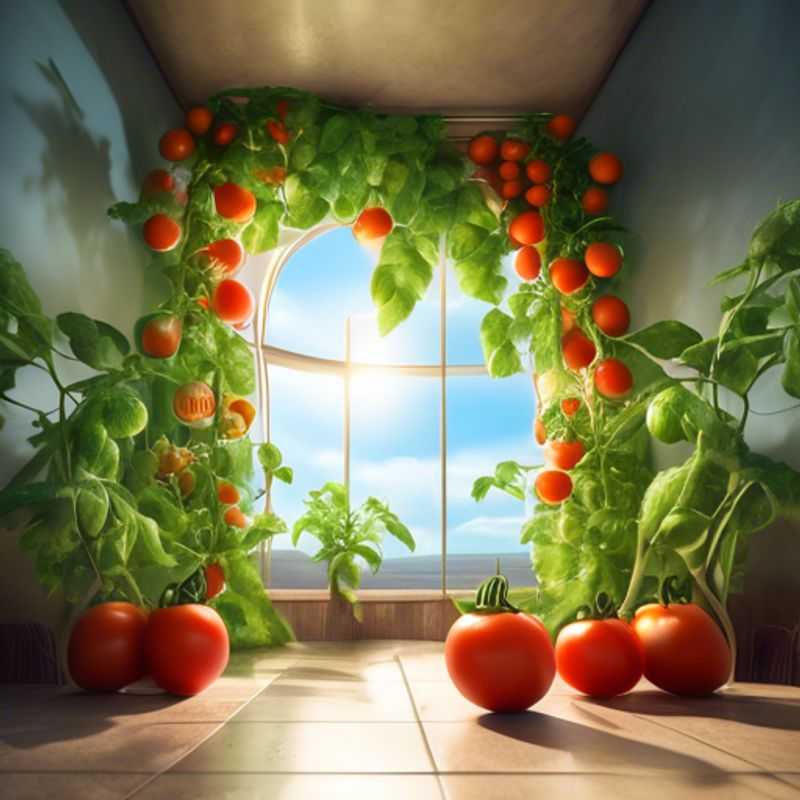
Choosing the Perfect Tomato Plant for Your Garden: A Guide to Variety Selection
Determining the best tomato plant variety for your growing conditions is crucial for a successful harvest. The key factors to consider are your local climate, available sunlight, and soil quality. Start by researching the common tomato varieties that thrive in your region, as they are more likely to adapt well to your specific growing environment.
Once you have a list of suitable options, consider the size and growth habits of the plants. Determinate varieties are more compact and produce a single, concentrated harvest, while indeterminate plants continue growing and producing fruit throughout the season. Choose the option that best fits the available space in your garden or container.
Another important factor is the disease resistance of the tomato variety. Look for varieties that are resistant to common tomato diseases, such as early blight, late blight, and fusarium wilt, to ensure a healthy and productive crop. This information is often provided on the seed packet or plant label.
Finally, consider the intended use of the tomatoes. If you plan to can or preserve the fruit, select a variety with a firm texture and high acidity. For fresh eating, choose a variety known for its flavor and juiciness. Experiment with different types to find the one that best suits your culinary preferences.
By carefully considering these factors, you can determine the tomato plant variety that will thrive in your growing conditions and provide a bountiful and delicious harvest.
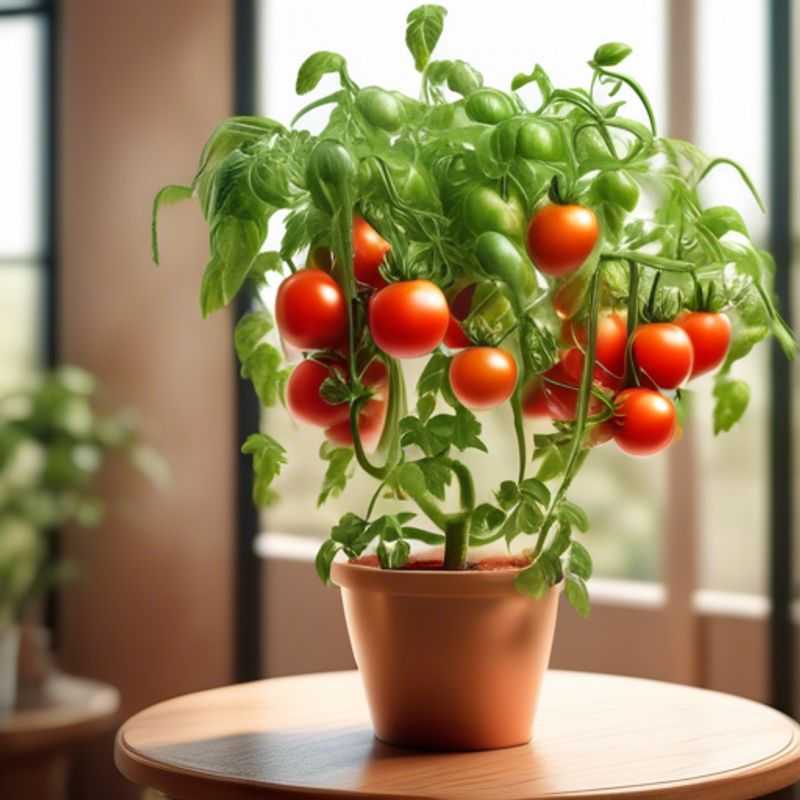
Sunshine for Growth: Ensuring Your Plant Gets Enough Light
Sunlight is crucial for plant growth, providing energy for photosynthesis. Most plants thrive in at least 6 hours of direct sunlight per day, with some requiring more or less depending on their species.
Insufficient sunlight can lead to stunted growth, pale leaves, and weakened plants.
To ensure adequate sunlight, consider the plant's needs and the location in your home or garden. You may need to relocate the plant or supplement natural sunlight with grow lamps.
Be mindful of the time of year and the angle of the sun, as sunlight intensity changes throughout the day and seasons. Adjusting plant placement accordingly can optimize their sun exposure.
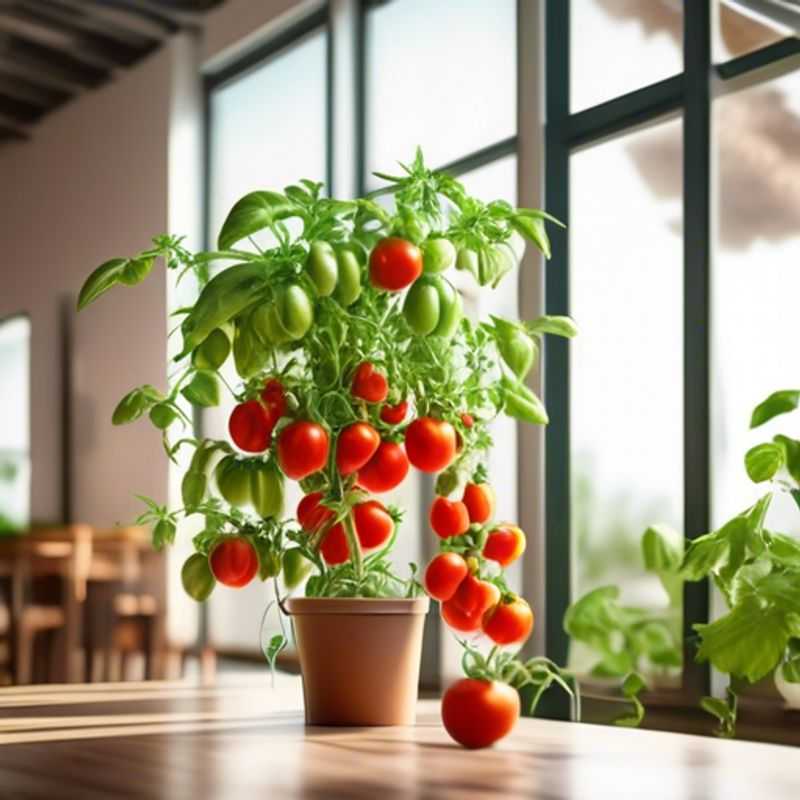
The Ultimate Guide to Well-Draining Potting Mix for Container Gardening
A well-draining potting mix is essential for container gardening, as it prevents root rot and ensures healthy plant growth. Here's what makes a great potting mix for containers:
1. Drainage: The mix should drain quickly, allowing excess water to escape. Look for ingredients like perlite, vermiculite, or coco coir, which enhance drainage.
2. Air Circulation: A well-draining mix also promotes air circulation around roots, preventing them from becoming suffocated. This contributes to healthy root development.
3. Nutrient Retention: While draining well, the mix should also hold onto essential nutrients. Peat moss, composted bark, and other organic materials contribute to nutrient retention.
4. pH: Most plants prefer a slightly acidic potting mix with a pH between 6.0 and 6.5. Check the pH level of your chosen mix before planting.
5. Pre-mixed vs. DIY: You can purchase pre-mixed potting mixes specifically formulated for container gardening. Alternatively, you can create your own mix using readily available components like peat moss, perlite, and composted bark. Remember to adjust the ratios based on your specific needs and plant types.
Important Tip:Regularly monitor your plants for signs of overwatering or underwatering. Adjust watering practices and mix composition as needed for optimal plant health.
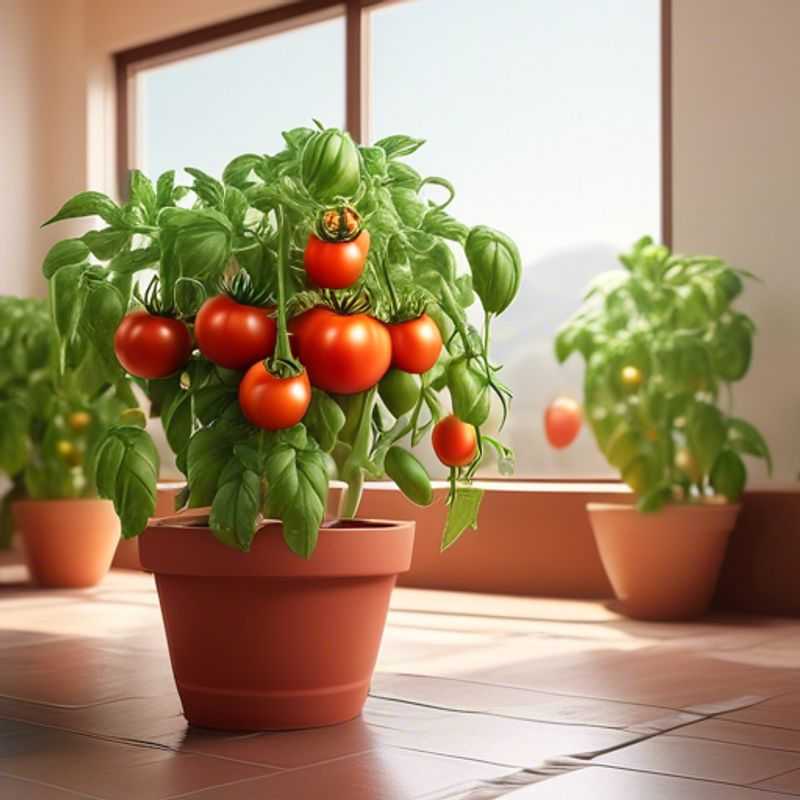
Mastering the Art of Consistent Watering: Keeping Your Plants Happy and Healthy
Creating a consistent watering schedule is crucial for healthy plants, ensuring the soil remains moist without becoming waterlogged. This balance is vital, as excess water can suffocate roots while dryness leads to dehydration.
Here’s how to craft your watering routine:
1. **Assess your plant’s needs:** Different plants have varying water requirements. Some thrive in consistently moist soil, while others prefer drier conditions. Research your specific plant’s needs.
2. **Use a finger test:** Stick your finger about 1 inch into the soil. If it feels dry, it’s time to water. If it’s still moist, wait a bit longer.
3. **Water deeply and infrequently:** A thorough watering allows moisture to reach the roots deeply, encouraging healthy growth and reducing the need for frequent watering.
4. **Monitor for signs:** Pay attention to your plant’s appearance. Wilting leaves, drooping stems, or discolored foliage can indicate dehydration. However, be aware that overwatering can also lead to these symptoms.
5. **Adjust for seasonal changes:** Water requirements can change depending on the weather. During hot, dry periods, plants might need more frequent watering, while in colder months, they may need less.
6. **Consider using a moisture meter:** These handy tools measure the soil’s moisture level, providing a more precise indicator of when to water.
Maintaining a consistent watering schedule is a simple yet effective way to nurture your plants and promote their healthy growth. Remember, every plant has its own unique needs, so adapt your approach accordingly.
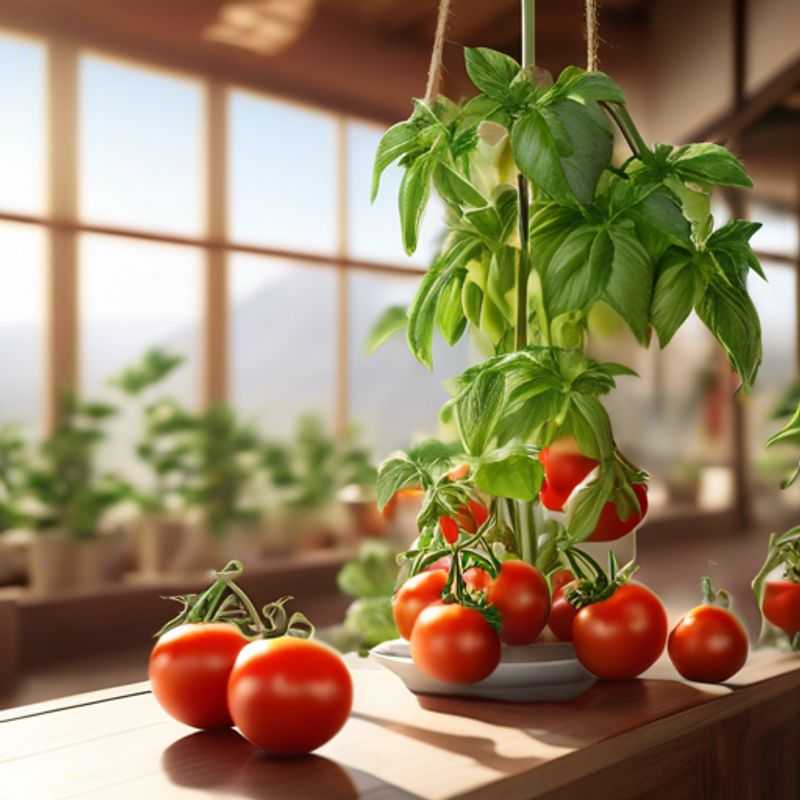
Matching Your Plants' Needs: Temperature Requirements and Adjustment
Understanding a plant's temperature requirements is fundamental for successful gardening. Every plant species has an optimal temperature range for growth, flowering, and fruiting. Knowing this range is crucial for achieving optimal plant health.
Research the specific temperature requirements for your plant. Online resources, gardening books, and plant labels are great sources of information. Note the ideal temperature range for growth, as well as the minimum and maximum temperatures the plant can tolerate.
Adjust your growing environment to match the plant's needs. This might involve using a greenhouse, adjusting the location of your plants, or using heating or cooling systems. If you are growing indoors, ensure your home's temperature is suitable for your plants.
Pay close attention to the seasonal changes. Some plants thrive in cooler temperatures, while others prefer warmer conditions. Be prepared to adjust your growing practices accordingly, particularly during the transition between seasons.
Monitor your plants closely for any signs of stress, such as wilting, stunted growth, or discoloration. These could be indicators of an unsuitable temperature. Be prepared to adjust your approach based on your observations.
Remember, temperature is just one factor that influences plant growth. You'll also need to consider other factors such as light, water, and nutrients to ensure optimal conditions for your plants.
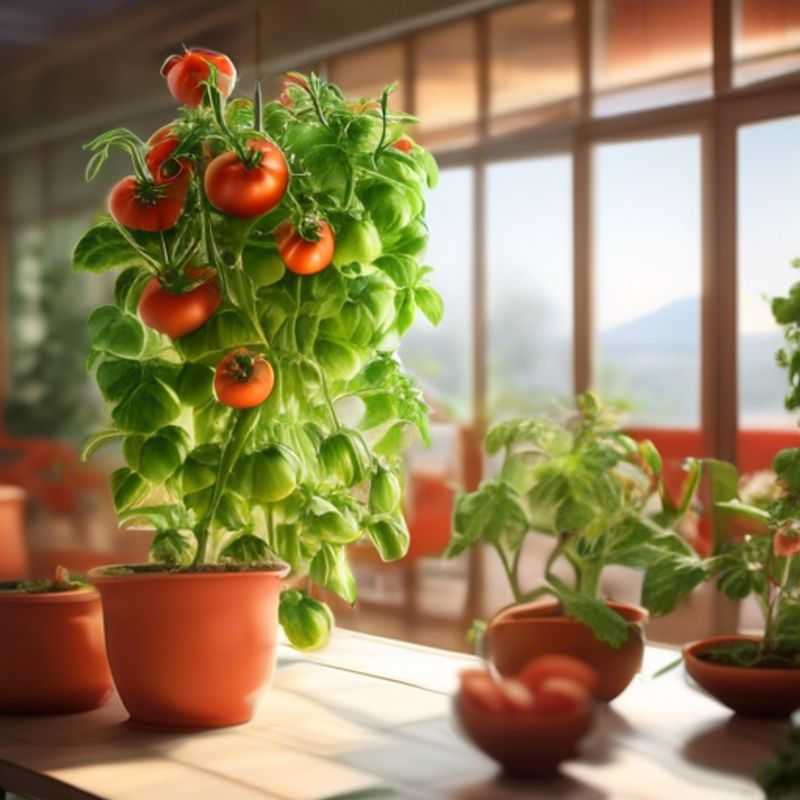
Building a Strong Foundation: Supporting Your Plants Against Gravity
To prevent your beloved plant from becoming a victim of gravity, a sturdy support system is your best friend. Here's a quick guide to get you started:
1. Choose the right support: The type of support you need depends on the plant. For small plants, a stake or a small trellis might suffice. Larger plants may require a stronger cage or trellis.
2. Secure the support: Make sure the support is firmly anchored in the soil. You can use stakes, wire, or even rocks to keep it in place.
3. Gently attach the plant: Don't tie the plant too tightly. Use soft ties, like twine or plant tape, and allow for growth.
4. Maintain your support: As your plant grows, you may need to adjust the support or add additional ties.
Remember, a strong support system doesn't just prevent your plant from toppling over, it allows it to grow tall and healthy!
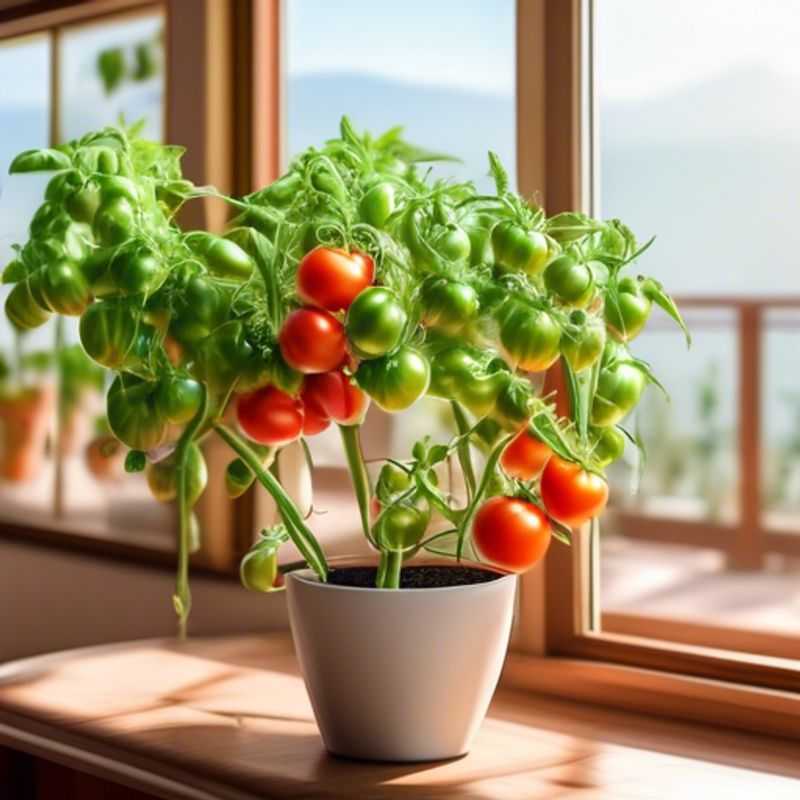
Pruning and Removing Suckers: Fostering Healthy Growth in Your Plants
Pruning and removing suckers are essential for maintaining healthy growth in trees and plants. Suckers are unwanted shoots that arise from the roots or the base of the trunk. These shoots compete with the main tree or plant for nutrients and water, reducing overall growth and vigor.
Regularly pruning and removing suckers helps redirect energy and resources towards the main plant, promoting healthier growth and a more aesthetically pleasing appearance. Pruning can be done manually with hand shears or pruning saws.
Identify suckers by their location and growth habit. They typically emerge from the root system or the base of the trunk, often appearing thinner and more vigorous than the main branches. Removing suckers early in their development prevents them from competing with the main plant for resources.
Avoid cutting suckers flush with the trunk or root. Leave a small stub to prevent regrowth from the same spot. This technique also helps identify the location of the sucker for future pruning. Regularly inspect the plant for new suckers and remove them promptly.
While regular pruning is important, avoid over-pruning. This can stress the plant and make it susceptible to diseases or pests. Seek professional advice if you are unsure about the best approach for pruning your specific plant.
